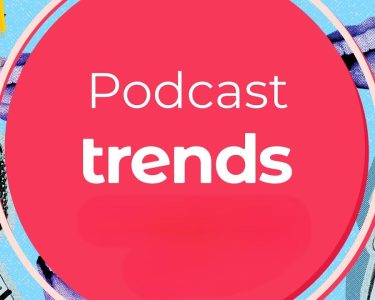Subtitle: Exploring the Profound Impact of Storytelling on Human Perception and Behavior
Byline: [Your Name] Date: [Current Date]
Introduction: In the intricate tapestry of human existence, stories have always held a special place. From ancient myths and oral traditions to modern novels and films, narratives have captivated our imaginations and influenced our understanding of the world. But what if the power of storytelling goes far beyond mere entertainment? In this article, we embark on a journey to unveil the narrative revolution, examining how stories shape society and culture in profound ways.
I. The Human Connection: At its core, storytelling is a fundamental human impulse. We are wired to relate to narratives and make meaning out of them. From childhood, we learn about life, morality, and values through the tales we hear, read, and watch. Stories tap into our emotions, activate empathy, and create bridges of understanding between individuals and communities.
II. Shaping Collective Identity: Stories serve as a vehicle for cultural transmission, preserving traditions, and shaping collective identity. Folklore, legends, and epics bind generations together, passing down knowledge, wisdom, and shared experiences. They reinforce a sense of belonging, connecting people to their heritage and instilling pride in their cultural roots.
III. The Power of Persuasion: Narratives possess an inherent persuasive power, capable of shaping public opinion and influencing societal attitudes. From political speeches to advertising campaigns, stories create emotional resonance and sway public sentiment. Journalists, advertisers, and politicians harness the power of storytelling to frame issues, shape narratives, and mobilize public opinion.
IV. Fostering Social Change: Throughout history, stories have played a crucial role in advocating for social change. Novels like Harriet Beecher Stowe’s “Uncle Tom’s Cabin” and Upton Sinclair’s “The Jungle” have exposed societal injustices, galvanizing movements and sparking reforms. In the digital age, social media platforms have empowered individuals to share personal narratives, raising awareness and challenging societal norms.
V. Escapism and Catharsis: Stories provide an escape from reality and a cathartic release for both creators and audiences. Literature, film, and other artistic mediums offer a sanctuary where individuals can explore diverse perspectives, encounter unfamiliar worlds, and reflect on their own lives. Through this immersive experience, stories enable personal growth and introspection.
VI. The Dark Side: While stories can inspire positive change, they also possess the potential for manipulation and misinformation. Propaganda, fake news, and disinformation campaigns often employ compelling narratives to sway public opinion, distort reality, and undermine trust. As discerning consumers of stories, it is vital to critically analyze the narratives presented to us and seek diverse sources of information.
Conclusion: The narrative revolution is an undeniable force that shapes society and culture in profound ways. Stories connect us, shape our identities, and have the power to transform our perspectives. As we navigate the ever-evolving landscape of narratives, it is crucial to recognize the impact they wield and use this knowledge to foster empathy, promote positive change, and guard against manipulation. By embracing the transformative power of storytelling responsibly, we can harness its potential to create a more informed, compassionate, and inclusive society.
Note: This article highlights the significance of storytelling in shaping society and culture. As a journalist, you can tailor the content, add quotes from experts or relevant individuals, and conduct further research to enhance the article’s depth and provide a well-rounded perspective on the topic. Remember to adhere to journalistic ethics by fact-checking information and attributing sources appropriately.




